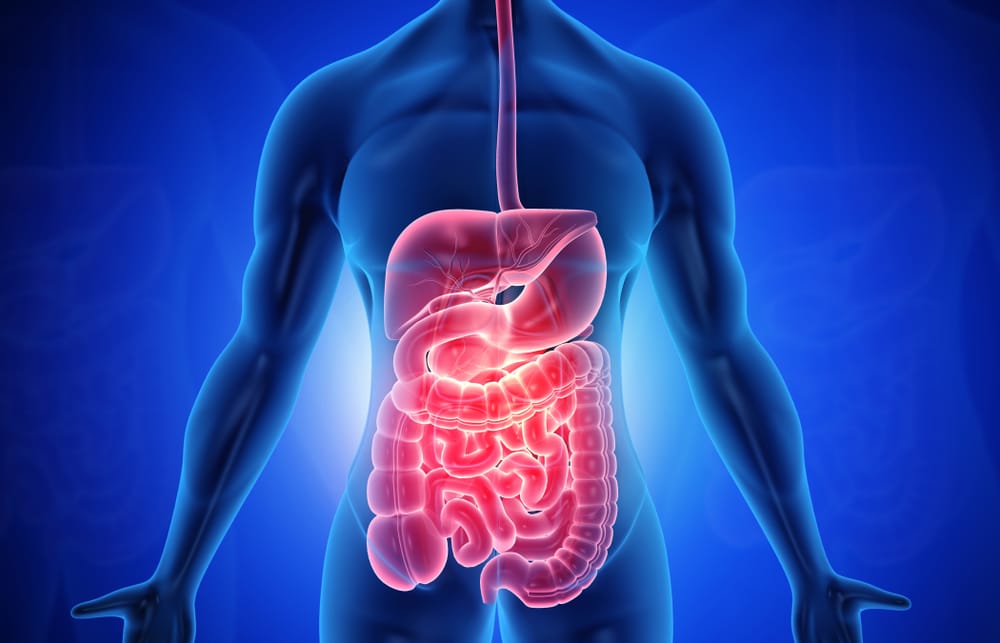Understanding the digestive system

The digestive system is a complex network made up of the gastrointestinal (GI) tract and several accessory organs that work together to process food, absorb nutrients, and eliminate waste. The GI tract itself includes the mouth, esophagus, stomach, small intestine, large intestine, and anus, each playing a unique and vital role in digestion. Supporting these organs are the liver, pancreas, and gallbladder, which contribute essential enzymes, hormones, and substances to aid digestion and metabolism.
Starting at the beginning, the mouth serves as the first point of contact with food. It evaluates the texture and safety of what you eat, while also mechanically breaking food down through chewing. Saliva, rich in mucus and digestive enzymes, moistens the food and begins the chemical process of digestion, making it easier to swallow and digest further.
Next, the esophagus acts as a muscular conduit, transporting food and liquids from the throat (pharynx) down into the stomach through coordinated contractions known as peristalsis. The stomach then takes over, mixing food with gastric juices that contain acid and enzymes to break down proteins and partially digest the meal, turning it into a semi-liquid substance called chyme.
The chyme then enters the small intestine, a long, narrow tube divided into three parts: the duodenum, jejunum, and ileum. This is where most digestion and nutrient absorption occur. Digestive enzymes from the pancreas and bile from the liver work here to further break down food molecules like fats, carbohydrates, and proteins, allowing nutrients to be absorbed through the intestinal walls into the bloodstream.
Following this, the large intestine’s primary functions are to reabsorb water and electrolytes from the remaining indigestible food matter and to form and store feces. This process helps maintain the body’s fluid and electrolyte balance. Finally, the anus provides the exit point for waste materials, controlling bowel movements.
The accessory organs play critical roles as well. The liver acts as a detoxifier by breaking down harmful substances in the blood. It also produces bile, a fluid essential for digesting fats, which it releases into the small intestine. Additionally, the liver stores carbohydrates in the form of glycogen to help regulate blood sugar levels. The pancreas contributes by producing digestive enzymes that further aid in breaking down food, and it secretes hormones like insulin and glucagon to manage carbohydrate metabolism. Meanwhile, the gallbladder serves as a storage reservoir, concentrating bile produced by the liver and releasing it into the small intestine when needed to assist in fat digestion.
Together, these organs coordinate an intricate system that transforms the food you eat into the nutrients your body needs to function, while efficiently disposing of waste products.
The Boom Health app provides trusted, vetted caregivers that can help meet your loved one’s specific needs. You can have peace of mind knowing that someone is always watching you or your loved one, offering support, and assisting with daily activities. If you are interested in booking care for you or your loved one, download the Boom Health app on the App Store or Google Play Store.
This article is not intended to be a substitute for professional medical advice or diagnosis. Always seek the advice of your physician or another qualified health provider with any questions you may have regarding a medical condition.




